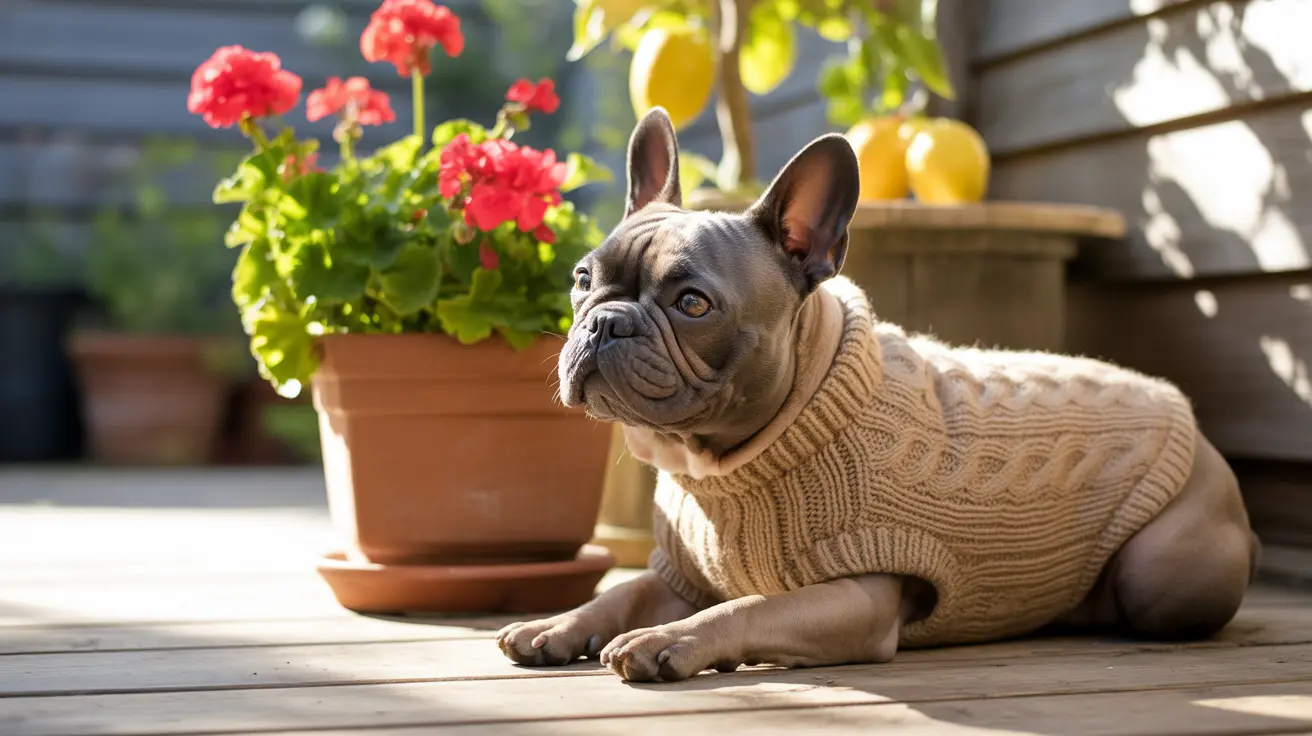Introduction
The emergence of hairless French Bulldogs has sparked intense debate within the veterinary and animal welfare communities. These rare and controversial dogs, created through deliberate breeding practices, represent a significant departure from the traditional French Bulldog breed. While their unique appearance may captivate some potential owners, it's crucial to understand the complex health challenges and ethical considerations surrounding these dogs before making any decisions about ownership.
This comprehensive guide explores the realities of hairless French Bulldogs, from their controversial origins to the specialized care they require, helping you make an informed decision about these unique canines.
Understanding Hairless French Bulldogs
Hairless French Bulldogs are not a natural variation of the breed but rather the result of intentional breeding practices, often involving crosses with hairless breeds like the Chinese Crested or through genetic manipulation. These dogs maintain the characteristic French Bulldog features—compact body, bat-like ears, and flat face—but lack the protective fur coat that normal Frenchies possess.
Health Challenges and Risks
Skin-Related Issues
Without the protection of fur, hairless French Bulldogs face numerous skin-related challenges. They're highly susceptible to sunburn, rashes, and infections. Their exposed skin requires constant monitoring and care, including regular application of dog-safe sunscreen and moisturizers.
Temperature Regulation Problems
These dogs struggle significantly with temperature regulation. Their lack of fur makes them vulnerable to both overheating and cold temperatures, requiring owners to invest in specialized clothing and carefully monitor their exposure to different weather conditions.
Special Care Requirements
Owning a hairless French Bulldog demands exceptional commitment to their care. Daily skin maintenance, temperature management, and protection from environmental factors are essential. Owners must be prepared for:
- Regular application of dog-safe sunscreen
- Daily moisturizing routines
- Protective clothing for both hot and cold weather
- Limited outdoor exposure during extreme temperatures
- Frequent veterinary check-ups
Ethical Considerations
The breeding of hairless French Bulldogs raises serious ethical concerns within the veterinary community. These dogs often face additional health challenges beyond those already present in standard French Bulldogs, leading many animal welfare organizations to oppose their breeding. The practice is often viewed as prioritizing aesthetic appeal over animal welfare.
Cost and Long-term Commitment
Prospective owners should be aware that hairless French Bulldogs typically come with higher-than-average costs, both in initial purchase price and ongoing care. Their specialized needs and potential health issues can result in significant veterinary expenses throughout their lifetime.
Frequently Asked Questions
What health risks are unique to hairless French Bulldogs compared to regular French Bulldogs?
Hairless French Bulldogs face additional health challenges including increased susceptibility to sunburn, skin infections, temperature regulation issues, and a higher risk of skin cancer. These are in addition to the typical health concerns of regular French Bulldogs.
How should I care for the sensitive skin of a hairless French Bulldog?
Care requires daily application of dog-safe sunscreen, regular moisturizing, gentle hypoallergenic cleaning products, and protection from extreme temperatures. Regular veterinary skin checks are also essential.
Are hairless French Bulldogs truly hypoallergenic for allergy sufferers?
No, hairless French Bulldogs are not truly hypoallergenic. While they don't shed fur, they still produce dander and saliva, which are common allergens. In fact, their increased skin sensitivity may lead to more dander production.
Why is the breeding of hairless French Bulldogs considered controversial and unethical?
The breeding is controversial because it intentionally creates dogs with additional health challenges for purely aesthetic reasons. This practice is widely criticized by veterinary professionals and animal welfare organizations as it prioritizes appearance over health and well-being.
What special precautions should owners take to protect hairless French Bulldogs from temperature extremes?
Owners must provide appropriate clothing (cooling vests in summer, warm coats in winter), limit outdoor exposure during extreme temperatures, maintain climate-controlled indoor environments, and monitor their dog closely for signs of distress during temperature changes.
Conclusion
While hairless French Bulldogs may appeal to some for their unique appearance, potential owners must carefully consider the significant responsibilities and ethical implications of supporting this breed variation. The extensive care requirements, health risks, and ongoing controversy surrounding their breeding make them a challenging choice that requires careful consideration and unwavering commitment to their specialized needs.






